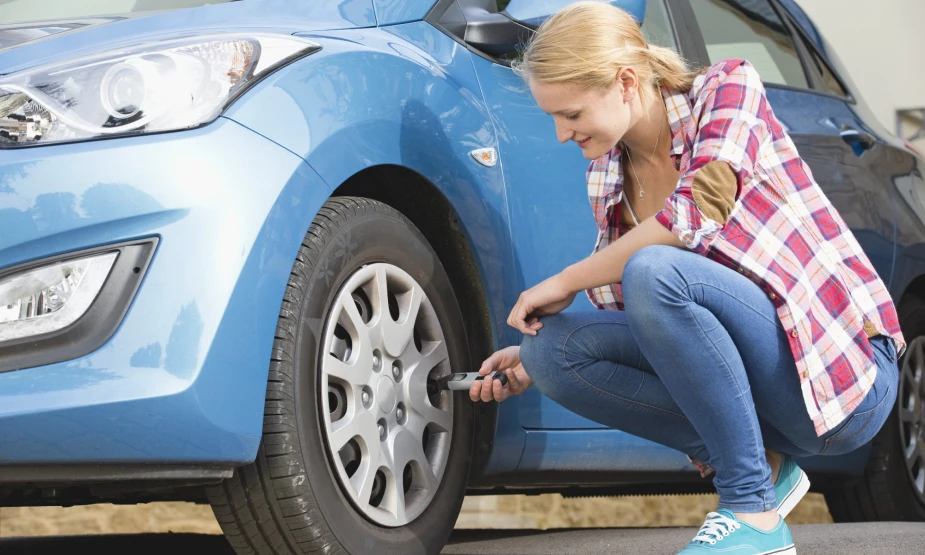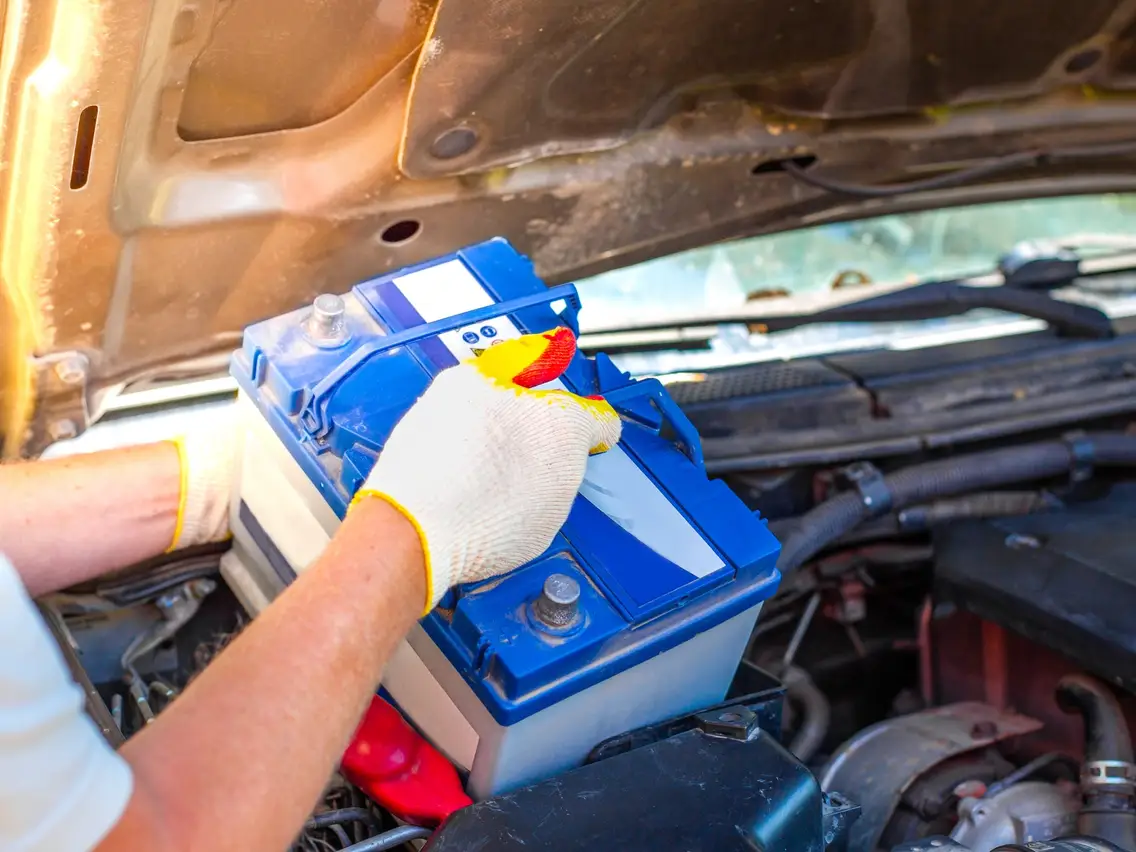Do-it-yourself car maintenance can save time and money. From checking tire pressure to replacing an air filter, these tips and tricks will help keep your vehicle in top condition without needing major repairs from a mechanic shop.
Before beginning any DIY car repair project, it’s essential to ensure you’re prepared. Having the appropriate tools and a comprehensive guide can make the process go quickly and smoothly.
1. Check Your Tire Pressure
One of the most essential tasks you can do for your car is checking and maintaining tire inflation. Properly inflated tires improve fuel economy, safety and minimize wear on components.
When checking tire pressure, always use the recommended PSI listed by your vehicle’s manufacturer. You can locate this information in either your owner’s manual or inside the driver’s door jamb where it’s displayed on a sticker.
Overinflated tires are harder, which means they don’t grip the road as well and are more vulnerable to blowouts in case of a blowout.
To check your tire pressure, unscrew the valve stem cap on each tire and attach a tire pressure gauge. Press down into the opening in the valve stem until you hear a hissing sound.
2. Change Your Air Filter
Altering your air filter is one of the simplest maintenance tasks you can do on your own. It only takes a minute and doesn’t require any special tools or knowledge to do it correctly.
The air filter on your car traps dust and pollen from the air being drawn in by your engine, helping reduce wear-and-tear on its components and ensure it runs efficiently.
Your air filter should be replaced when it becomes dirty or clogged, either due to accumulation of dust and dirt over time or if you live in an area with high pollution levels.
Your vehicle’s owner’s manual will advise how often you should replace your cabin air filter. Generally, this should be done every 15,000 miles or so.
3. Check Your Battery
Your car battery is one of the most essential elements in your vehicle. It provides all other electrical systems with energy, and when it fails or runs low on power, you could find yourself stuck in an empty parking lot.
Even though batteries can last for years, eventually they will need replacing. Therefore, testing your battery at least twice a year is recommended.
To check an electrical system’s voltages, amps, and resistance, you’ll need a multimeter. This device is relatively affordable and allows for accurate readings of voltage, amps, and resistance.
Once you have your multimeter, attach it to the battery’s positive and negative terminals. A voltage reading between 12.6 and 15 should be obtained; if it drops below 12.3, consider this a bad battery.
4. Change Your Oil
Maintaining the oil in your car is a must for its optimal performance. A fresh, clean motor oil helps optimize engine operation by lubricating critical parts.
Thankfully, this process is relatively straightforward and can be accomplished by anyone with basic DIY knowledge. The key is to follow the instructions in your vehicle’s owner’s manual for best results.
Prior to purchasing oil for your vehicle, determine which type is ideal. You have three options: conventional, high-mileage and synthetic oils (some being better than others).
Once you’ve purchased your oil and filter, it’s time to change them. Grab a wrench or oil filter pliers and take out the old oil filter.
Once your old oil has been drained, pour it into a container or other convenient location. Next, add new oil and replace the filter; remembering to add exactly enough oil according to your vehicle’s specifications.




